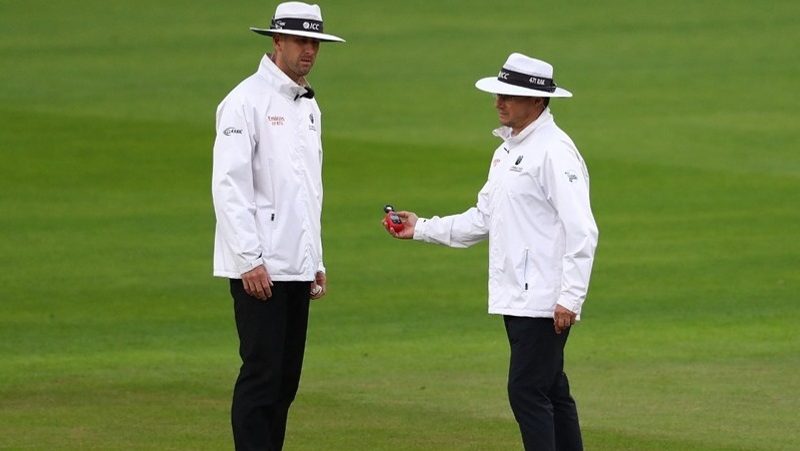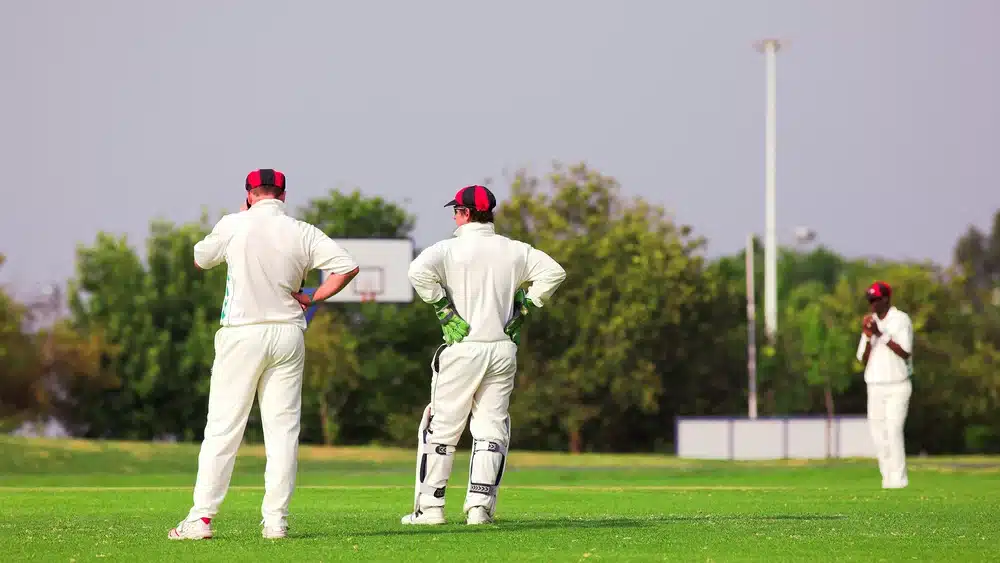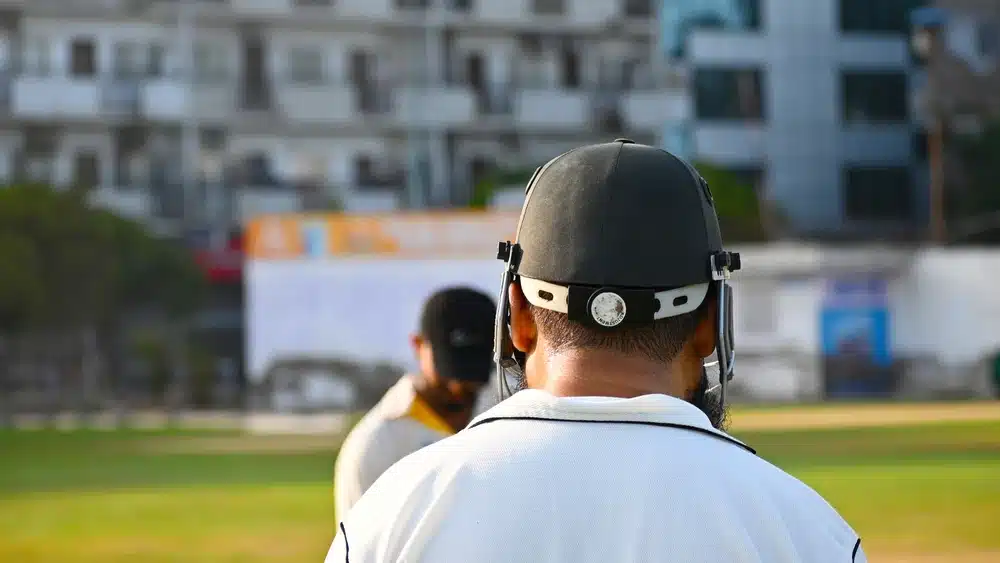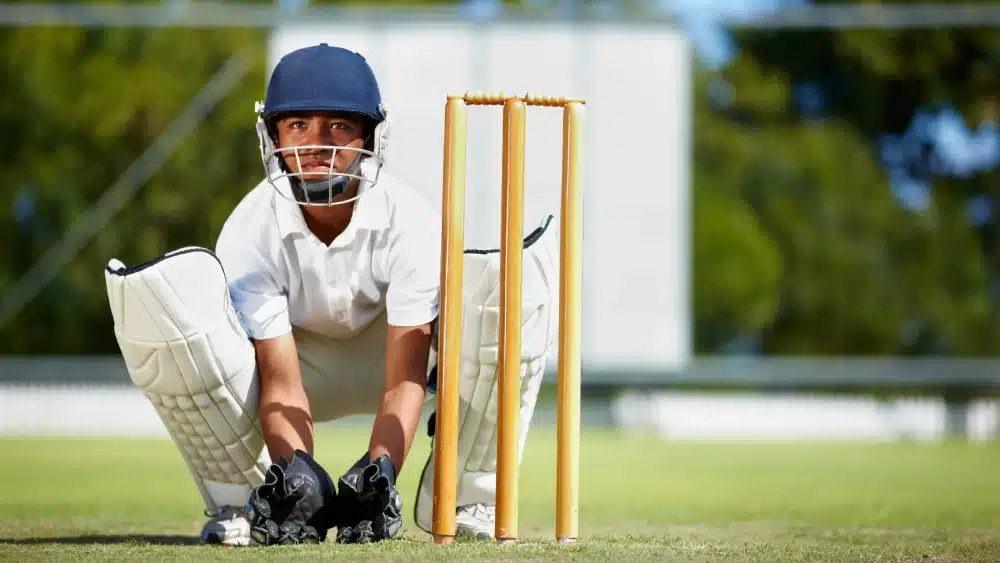
Bad Light is a commonly known term in the cricketing jargon and was most recently seen in effect during Day 2 of the World Test Championship (WTC) final between India and New Zealand in Southampton.
As the term itself suggests, bad light refers to a period in cricket when sunlight or natural light falling on ground isn’t enough for play to continue. Since Test cricket is played with a red ball, bad light makes it difficult for the ball to be spotted under overcast and gloomy conditions.
After the first day of the WTC final was washed out, the second day offered us a considerable amount of action before play had to be stopped twice due to bad light at the Rose Bowl.
Even though the light improved slightly after Tea on Day 2, play had to be suspended eventually due to bad light. A common reason for delays in Test cricket, bad light generally interrupts play mainly in England. An umpire checking the light via an electronic device to see if play is possible is a common sight for cricket fans the world over.
The ones who are most affected by bad light are the batsmen, wicket-keepers and close-in fielders as they normally have less time to react with the ball coming at them at rapid pace. Poor visibility makes it difficult to spot, collect or catch the red ball which also increases the risk of freak injuries.
Hence, it is considered best to stop playing and wait for the light to improve with the safety of everyone in mind. In case there is no sign of favourable light, the umpires are forced to suspend the play for a brief period or a session. England has often found themselves being the victim of bad light in important matches.
The umpires judge bad light by their very first reading in a match via an electronic device and determine whether play is possible to continue. If a reading has been taken on the first day of a Test, that initial reading will continue to work as a set parameter for the remainder of the match.
Featured photo : Michael Steele / AFP



















